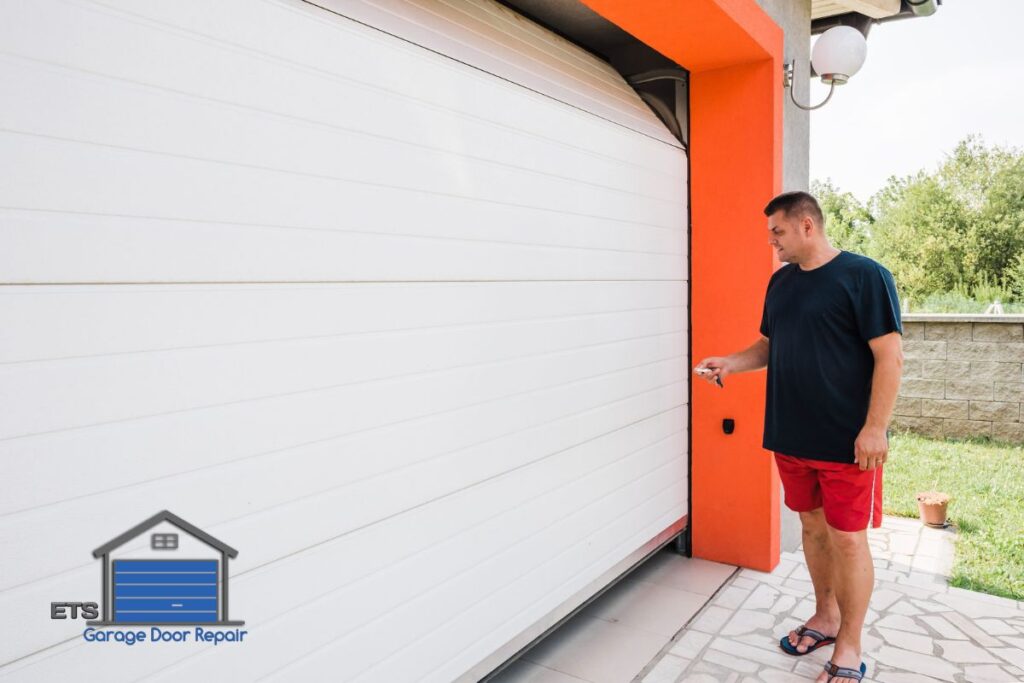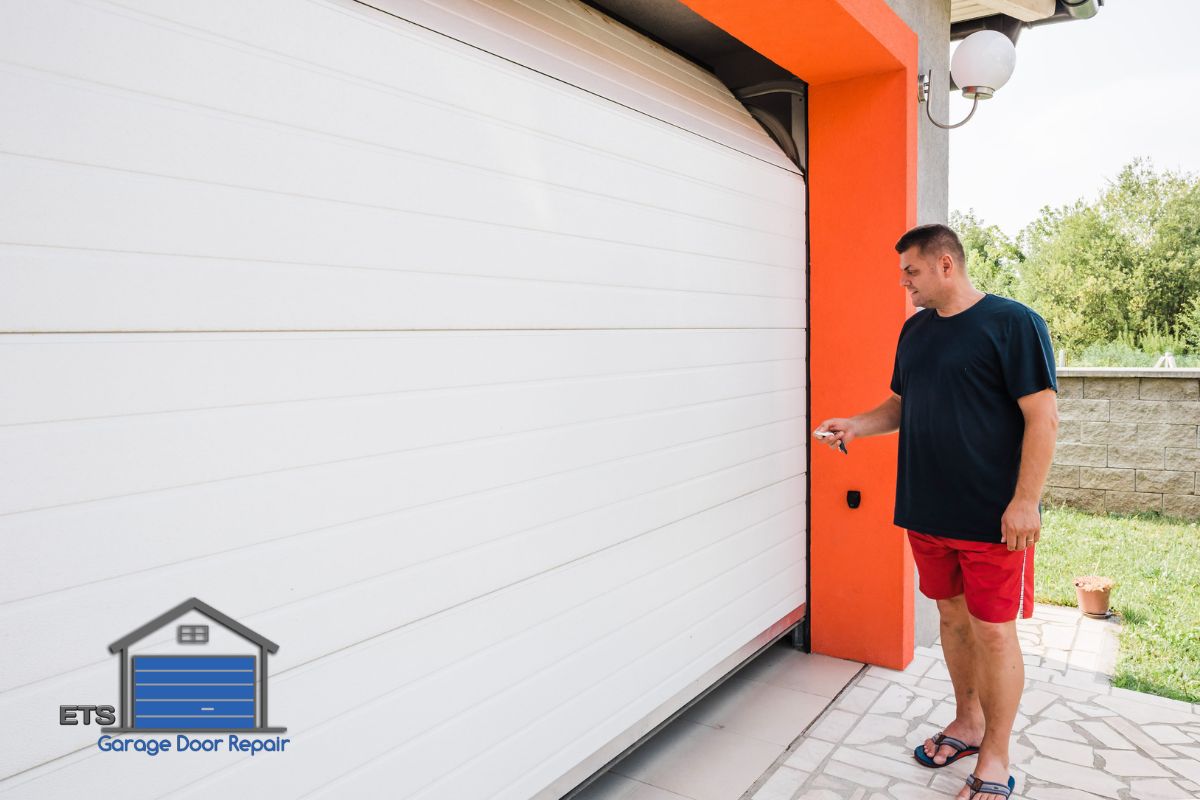
Silence the Racket: How to Fix a Noisy Garage Door
A noisy garage door can be more than just an annoyance; it can be a sign of underlying mechanical issues. From the early morning rumble that wakes the household to the late-night clatter that disturbs the neighbors, a loud garage door disrupts the peace and quiet we all value. Fortunately, addressing a noisy garage door often involves simple troubleshooting and maintenance steps that most homeowners can handle themselves. This article provides a comprehensive guide on how to diagnose and fix the common causes of a noisy garage door, restoring tranquility to your home and neighborhood.
Understanding the Culprits Behind Garage Door Noise
Before diving into solutions, it’s crucial to identify the source of the noise. A noisy garage door can stem from various components, each requiring a specific approach. Here are some of the most common culprits:
- Loose Hardware: Bolts, nuts, and screws can loosen over time due to the constant vibrations of the door’s operation.
- Lack of Lubrication: Metal-on-metal contact without proper lubrication creates friction and noise.
- Worn Rollers: Rollers guide the door along the tracks, and worn or damaged rollers can cause significant noise.
- Dry Hinges: Hinges connect the door sections, and dry hinges can squeak and groan.
- Chain or Belt Issues: If you have an automatic opener, the chain or belt may be loose, dry, or damaged.
- Motor Problems: In rare cases, the motor itself can be the source of the noise.
Tools and Materials You’ll Need
Before you begin, gather the necessary tools and materials. Having everything on hand will make the process smoother and more efficient:
- Wrench Set: For tightening bolts and nuts.
- Screwdriver Set: Both Phillips head and flathead screwdrivers will be needed.
- Lubricant: Use a garage door lubricant specifically designed for this purpose. Avoid using WD-40, as it can attract dust and grime. White lithium grease or silicone-based lubricants are excellent choices.
- Rag or Paper Towels: For cleaning and wiping excess lubricant.
- Ladder: To reach higher parts of the door and opener.
- Safety Glasses: To protect your eyes from debris.
- Gloves: To protect your hands.
- Replacement Rollers (if needed): If your rollers are worn or damaged.
Step-by-Step Guide to Fixing a Noisy Garage Door
Tighten Loose Hardware
The first step is to inspect all the hardware on your noisy garage door. Use your wrench and screwdriver to tighten any loose bolts, nuts, and screws. Pay close attention to the hinges, brackets, and track supports. Loose hardware can cause vibrations and rattling, contributing to the noise. Don’t overtighten, as this could strip the threads or damage the components.
Lubricate Moving Parts
Lubrication is key to a quiet garage door. Apply lubricant to the following areas:
- Rollers: Spray lubricant directly onto the rollers and allow it to penetrate the bearings.
- Hinges: Lubricate the pivot points of all hinges.
- Tracks: Apply a thin layer of lubricant to the tracks where the rollers glide.
- Springs: Lubricate the springs to reduce friction and noise. Be careful when working with springs, as they are under high tension.
- Chain or Belt: If you have an automatic opener, lubricate the chain or belt according to the manufacturer’s instructions.
Wipe off any excess lubricant with a rag or paper towel to prevent it from attracting dust and dirt. Regular lubrication is essential for maintaining a quiet and smooth-operating noisy garage door.
Replace Worn Rollers
Worn or damaged rollers are a common cause of garage door noise. Inspect your rollers for cracks, chips, or flat spots. If you find any damage, replace the rollers. Replacing rollers is a relatively simple process:
- Disconnect the Opener: Unplug the garage door opener to prevent accidental operation.
- Secure the Door: Use clamps or locking pliers to secure the door in the open position. This will prevent it from falling while you’re working.
- Remove the Old Roller: Use a wrench to loosen the bolts holding the roller bracket in place. Remove the old roller.
- Install the New Roller: Install the new roller into the bracket and tighten the bolts.
- Repeat for All Rollers: Replace all the rollers, one at a time, to ensure the door remains balanced.
- Test the Door: Once all the rollers are replaced, remove the clamps and plug in the opener. Test the door to ensure it operates smoothly and quietly.
Address Chain or Belt Issues
If your noisy garage door has an automatic opener, the chain or belt may be the source of the noise. Check the tension of the chain or belt. If it’s too loose, it can cause rattling and skipping. Adjust the tension according to the manufacturer’s instructions. Also, lubricate the chain or belt with a garage door lubricant.
Inspect the chain or belt for damage, such as broken links or frayed edges. If you find any damage, replace the chain or belt. Replacing a chain or belt can be a more complex task, so you may want to consult a professional.
Check the Garage Door Opener Motor
In rare cases, the motor itself can be the source of the noise. Listen closely to the motor while the door is operating. If you hear grinding, squealing, or other unusual noises, the motor may be failing. In this case, you may need to replace the motor or the entire opener. Contact a qualified technician for assistance.
Preventative Maintenance for a Quiet Garage Door
Once you’ve fixed the immediate problem, it’s important to implement preventative maintenance to keep your noisy garage door operating quietly and smoothly. Here are some tips:
- Regular Lubrication: Lubricate all moving parts at least twice a year, or more often if needed.
- Hardware Checks: Inspect and tighten all hardware regularly.
- Roller Inspections: Check the rollers for wear and damage and replace them as needed.
- Track Cleaning: Clean the tracks regularly to remove dirt and debris.
- Professional Inspections: Schedule a professional inspection and tune-up at least once a year.
When to Call a Professional
While many garage door repairs can be done yourself, there are times when it’s best to call a professional. Consider contacting a qualified technician if:
- You’re uncomfortable working with garage door components.
- You suspect a problem with the motor or springs.
- You’re unable to identify the source of the noise.
- The problem persists after attempting the above solutions.
A professional technician has the expertise and tools to diagnose and repair complex garage door problems safely and effectively. Ignoring a noisy garage door can lead to more serious issues and costly repairs down the line.
Conclusion
A noisy garage door doesn’t have to be a constant source of frustration. By following these steps, you can diagnose and fix the common causes of garage door noise, restoring peace and quiet to your home. Regular maintenance and prompt repairs will ensure that your garage door operates smoothly and quietly for years to come. Remember to prioritize safety and consult a professional when needed. With a little effort, you can say goodbye to that irritating racket and enjoy a silent, reliable garage door. [See also: Garage Door Maintenance Checklist], [See also: Choosing the Right Garage Door Lubricant]

